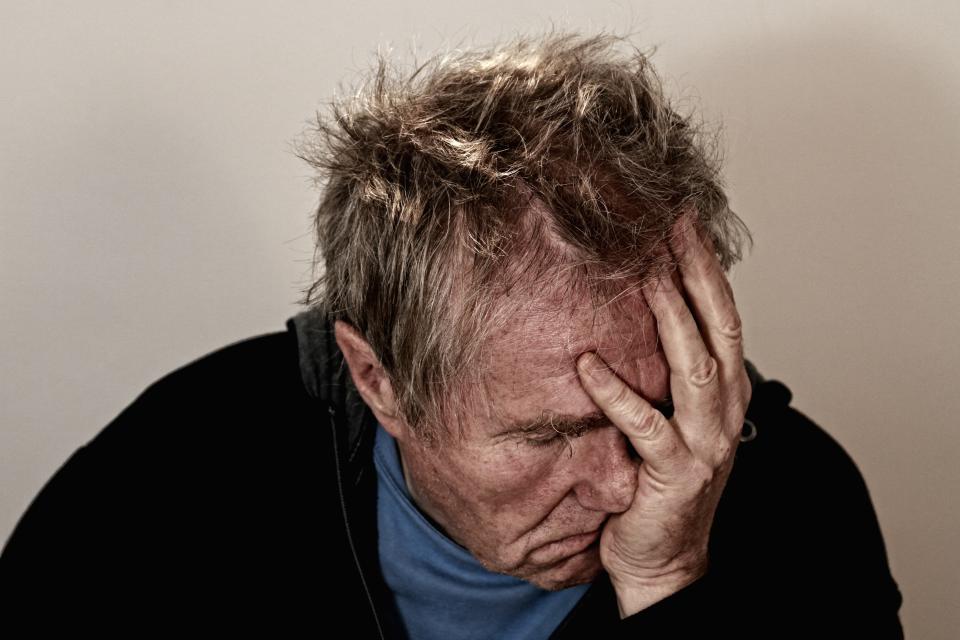According to Statistics Estonia Statistikaamet. , 22.8% of Estonia’s population lived at risk of poverty and 1.4% in absolute poverty in 2021. Compared with 2020, the share of people living at risk of poverty rose 2.2% and the share of people living in absolute poverty fell 0.8%.
Anet Müürsoo, Head of Population and Social Statistics Department of Statistics Estonia Statistikaamet. , says that the at-risk-of-poverty rate reflects income inequality in a country. “Close to 301,100 people lived at risk of poverty in 2021, which is nearly 30,300 persons more than in 2020. Their monthly income, taking into account household composition, was less than 763 euros,” said Müürsoo.
The at-risk-of-poverty rate was the highest in years and increased mainly among the elderly, while it decreased among families with children. “Of people aged 65 and over living alone, 82.8% were at risk of poverty, up 4.7% from the year before. This is largely due to the size of the average old-age pension, which is below the at-risk-of-poverty threshold. We also see that almost one in three lone parents live at risk of poverty. Their incomes have not increased as fast as, for example, those of two-parent families,” explained Müürsoo.
The at-risk-of-poverty rate was highest in Ida-Viru (38.3%), Hiiu (31.6%), and Võru Town in the SE of Estonia(pop.13,000). (31.2%) counties. It was lowest in Harju (18.1%), Järva (18.9%), and Tartu City in the west of Estonia (pop. 91,000). (20.9%) counties. The at-risk-of-poverty rate increased the most in Viljandi Town in southern Estonia (pop.17,000). (7.7%), Ida-Viru (6.9%), and Hiiu (6.6%) counties. The biggest drop was recorded in Järva (3.8%), Valga Town in southern Estonia(pop.12,000). (2.9%), and Pärnu City in the SW of Estonia (pop.40,000). (1.4%) counties.
Absolute poverty indicates the share of the population who are not able to meet their basic needs. “In 2021, nearly 18,000 people lived in absolute poverty – 10,700 fewer than the year before. The monthly income of people living in absolute poverty, taking into account household composition, was less than 234 euros,” noted Müürsoo.
The absolute poverty rate was highest among people aged under 65 living alone (5.5%) and lone parents (4.2%). By age group, absolute poverty was highest among 18–24-year-olds (2.6%).
In 2022, the share of people living in deprivation, i.e. people who cannot afford various items commonly available in the society, was slightly larger than in the previous year – 7% of Estonia’s population, or 92,100 people. Deprivation affects persons aged 65 and over the most (10.6%), while the least deprived are 18–24-year-olds (3.9%). In a year, deprivation increased the most for children and persons aged 65 and over.



